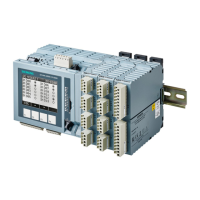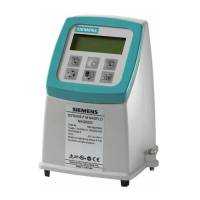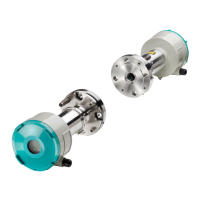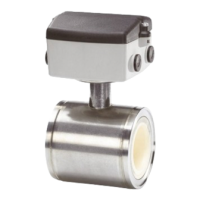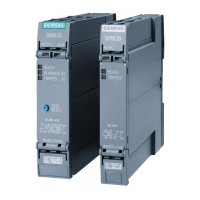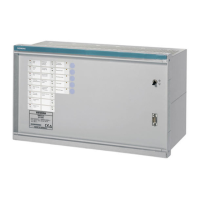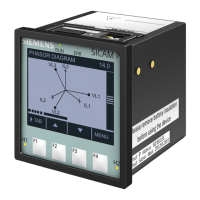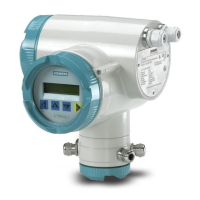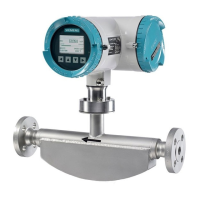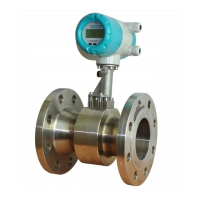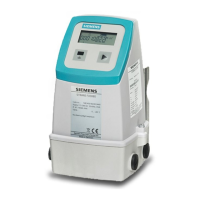Functions
6.7 [2.08] Settings > Calibrations
Operating with the Local User Interface
130 Operating Manual, 06/2017, A5E31930478-05
4. Specify the scope of the calibration: "Single/total" parameter box.
By setting this function, you define the scope of the calibration to one or all measuring
ranges. The measuring range which was set in the calibration is always calibrated.
– If you set "Single", the calibration is only made in the set measuring rage. Calibrations
of the other measuring ranges remain unchanged.
– If you set "Total", the calibrations of the other measuring ranges are overwritten by the
calibration of this "leading" measuring range.
In validation, only the set, "leading" measuring range is considered.
5. Assign measuring range(s): "Measuring range" parameter box.
If you have set "Total" for the scope in step 4, the selected measuring range acts as the
"leading measuring range".
6. Start the wizard for a calibration or validation.
– "Start validation" parameter box
A validation evaluates the current device status with respect to the last calibration. The
need for a new calibration can be derived from the validation results.
– "Start calibration" parameter box
Follow the instructions on the display. The success of the calibration/validation is
displayed in the result window once the process is complete.
If the device aborts a calibration due to errors, an error code, e.g., "F0123", and a plain text
error message are displayed in the result window.
1. Write down the error code.
2. If you cannot rectify the cause of the error yourself, forward the error code to the service
technician in charge.
Overview (Page 129)
Alarm, error, and system messages (Page 255)
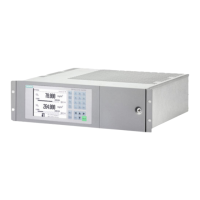
